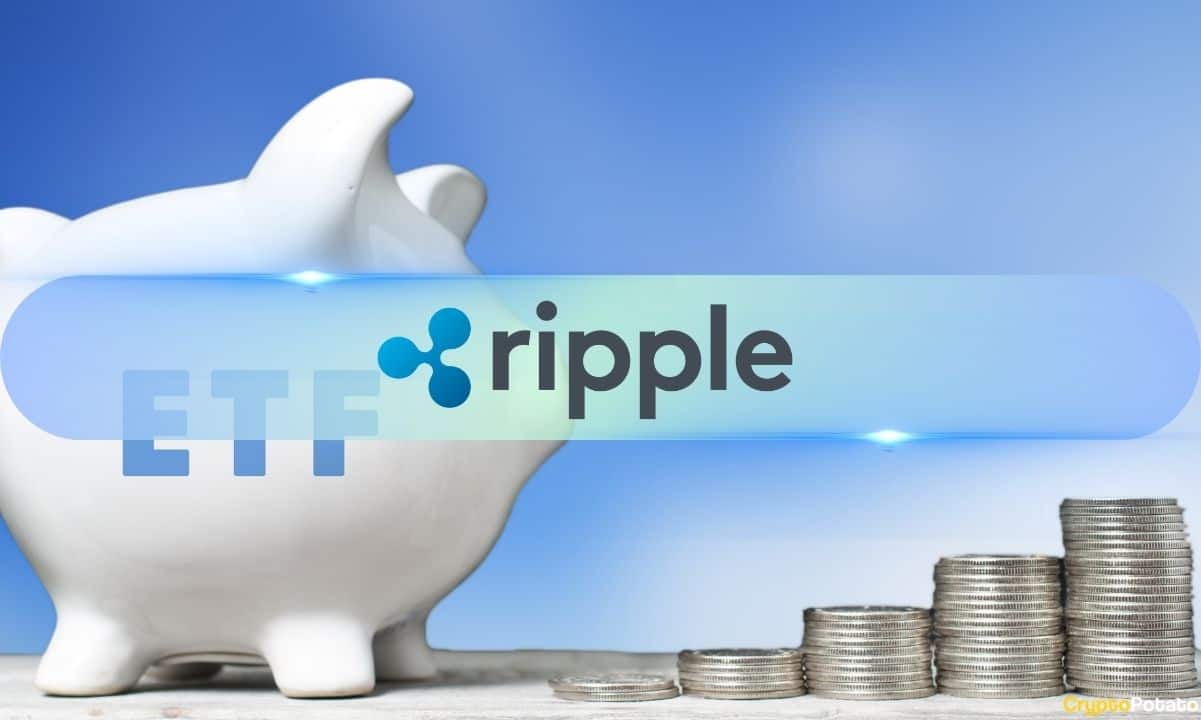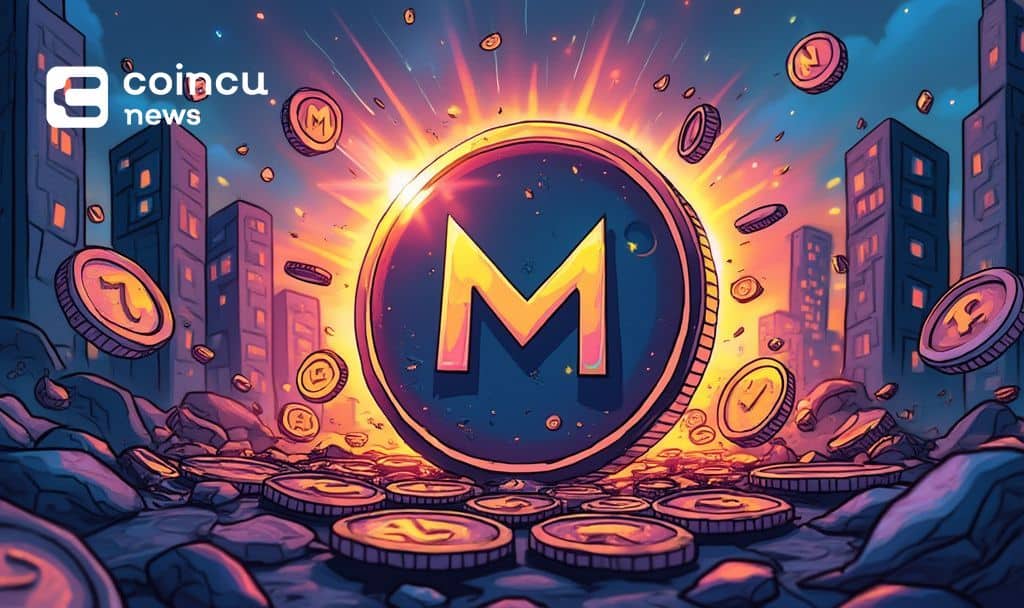Tony Kim
Oct 27, 2025 05:23
Explore the distinctions between agent frameworks, runtimes, and harnesses in AI development, focusing on LangChain, LangGraph, and DeepAgents, as detailed by the LangChain Blog.
The LangChain Blog recently delved into the intricate world of agent frameworks, runtimes, and harnesses, offering insights into how these components function and interact within AI development. The discussion centers around three prominent open-source packages maintained by LangChain: LangChain, LangGraph, and DeepAgents.
Agent Frameworks: LangChain
LangChain is primarily identified as an agent framework, designed to provide abstractions that simplify application development. These abstractions serve as mental models, facilitating easier onboarding for developers and standardizing the building process. However, there are challenges associated with abstractions, particularly if they obscure the underlying processes or lack flexibility for advanced use cases. LangChain 1.0 emphasizes structured content blocks, agent loops, and middleware to enhance flexibility. Other notable agent frameworks include Vercel’s AI SDK, CrewAI, and OpenAI Agents SDK.
Agent Runtimes: LangGraph
LangGraph stands out as an agent runtime, essential for running agents in production environments. It addresses infrastructure-level needs such as durable execution, streaming support, and human-in-the-loop capabilities. Built from scratch, LangGraph is designed to be a production-ready runtime, powering agent frameworks like LangChain. Comparable projects in this space include Temporal and Inngest, which focus on durable execution engines.
Agent Harnesses: DeepAgents
DeepAgents represents a newer category, termed as an agent harness. It builds upon LangChain, offering features like default prompts, tool handling, and access to a filesystem, presenting a more comprehensive solution than a typical framework. This concept is akin to Claude Code’s approach with their Claude Agent SDK, although the term ‘agent harness’ is still gaining traction.
Choosing the Right Tool
Understanding the nuances between these components aids in selecting the appropriate tool for specific needs. While LangGraph can be seen as both a runtime and a framework, the distinctions between these categories remain somewhat fluid. The development community continues to refine these definitions as they explore new mental models for AI development.
For a more detailed exploration of these concepts, visit the LangChain Blog here.
Image source: Shutterstock
Source: https://blockchain.news/news/understanding-agent-frameworks-runtimes-harnesses-ai-development



